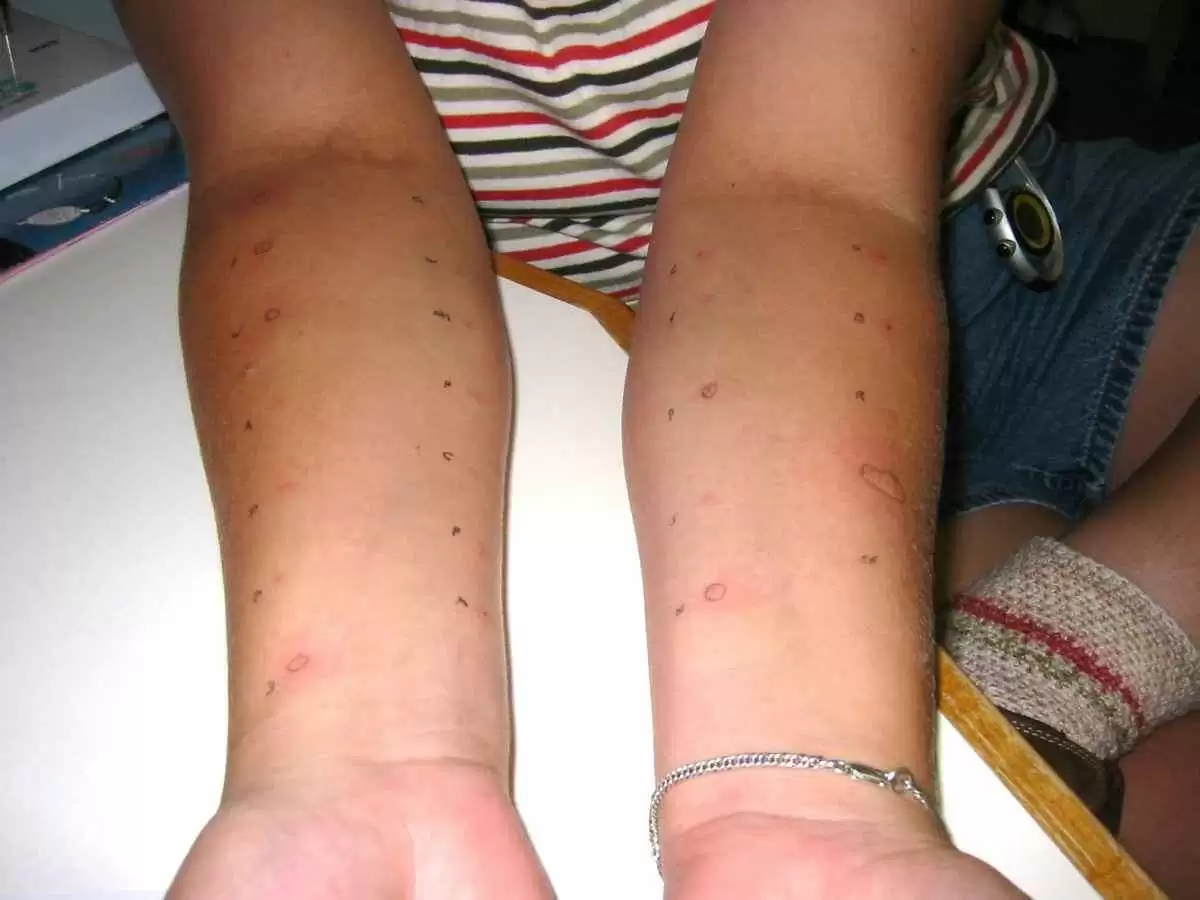Celiac.com 05/01/2024 - If you've been diagnosed with celiac disease for a while, you may have already noticed the widespread confusion about this condition among the general population unfamiliar with gluten-free diets. However, there has been an improvement in awareness over the last few years.
Whenever I go out for dinner, especially in the past, a familiar scenario unfolds:
Celiac.com Sponsor (A12):
Me: "Are there any gluten-free options available on your menu?"Waiter: "Unfortunately, we don't have a specific gluten-free menu, but I'll ensure that our kitchen excludes any milk or cheese from your dish!" (They often lack a gluten-free menu option and occasionally confuse gluten with lactose intolerance.)
Me: "Just to clarify, I'm fine with dairy; it's gluten that I need to avoid." The waiter's expression hints at uncertainty about gluten. I then specify: "grains…wheat. I have celiac disease".
Waiter: "Oh, got it. I'm sorry about that. I'll make sure the kitchen knows about your allergy."
I'm tempted to respond once more, saying, "Thanks, by the way, celiac disease is not an allergy…"
However, I decided against it. It would be time-consuming to educate every waiter each time I go out. For me, it's satisfactory that they perceive it as an allergy, even if it's not accurate. Sometimes, it works to my advantage. At least they will take extra precautions to prevent cross-contact to safeguard against a potential severe "allergic" reaction.
The reality is that not many people are familiar with celiac disease, and I, too, had limited knowledge when I first learned about my condition. The initial realization meant giving up some of my favorite foods like bread, pizza, and pasta. That much was clear. However, I soon discovered that there's much more to celiac disease than just dietary restrictions.
Let's Begin with Some Basic Information
Gluten consists of two types of proteins, namely gliadin and glutenin, which are found in wheat, barley, and rye.
Gliadin, a component of the gluten protein, is considered the primary environmental trigger responsible for celiac disease.
Celiac disease is an autoimmune disease (not an allergy) that might manifest in individuals with a genetic predisposition, meaning that every time gluten is ingested, even a small amount, the immune system mistakenly sees the gluten as a foreign invader and reacts by attacking the small intestine, impeding the absorption of nutrients from food and leading to malabsorption syndrome.
To potentially develop celiac disease, one must carry one or more of the genes associated with the condition, including but not limited to HLA-DQ2 and HLA-DQ8. However, having HLA-DQ2 and/or DQ8 does not guarantee the development of celiac disease; it simply increases the risk compared to the rest of the population without these genes. Many individuals with celiac disease do possess at least one of these genes. In exceptionally rare cases, a person may not have these genes but could still develop celiac disease due to other genetic factors or environmental triggers.
The suggested safe amount of gluten for individuals with celiac disease is 20 parts per million (ppm), which translates to 20 milligrams of gluten per 1 kilogram of food. This level is intended to keep most people below the 10 mg threshold, although there isn't a clear consensus on the safe daily intake of gluten. Individual tolerance varies, with some people being more tolerant than others, and vice versa.
Understanding the fundamental distinction between an allergy and an autoimmune disease is crucial. In the case of an allergy, depending on its severity, it could lead to anaphylactic shock, which is life-threatening and may prove fatal without prompt intervention.
However, with celiac disease, being an autoimmune condition, such a scenario is impossible unless there is an additional wheat allergy alongside celiac disease.
People with Celiac Disease Do Not Get Anaphylaxis When They Eat Gluten
Symptoms of food allergies typically manifest quickly, whereas, in celiac disease, a delayed hypersensitivity reaction occurs. Symptoms usually develop within 48–72 hours after the ingestion of the offending food, which, in this case, is gluten. Some may react within 2–3 hours with severe vomiting and/or diarrhea.
Common symptoms for individuals with celiac disease following gluten ingestion can include:
- Nausea
- Vomiting
- Gas/bloating
- Cramps
- Abdominal pain
- Diarrhea
- Constipation
- Tiredness
While common symptoms of a food allergy can include:
- Feeling dizzy or lightheaded.
- Itchy skin or a raised rash (hives)
- Swelling of the lips, face, and eyes
- Coughing, wheezing, breathlessness
- Sneezing or an itchy, runny or blocked nose
- Feeling sick or being sick
- Stomach cramps
Anaphylaxis represents a severe allergic reaction that can be life-threatening, although fatalities are uncommon. Allergies are instigated by a distinct type of antibody known as IgE (immunoglobulin E antibodies). These antibodies play a pivotal role in the hypersensitivity response of the immune system, leading to various symptoms ranging from mild itching or rashes to severe conditions such as anaphylaxis. Treatment for allergic reactions typically involves the administration of antihistamines, corticosteroids, and in severe cases of anaphylaxis, the use of epinephrine through an auto-injector device like an EpiPen.
Conversely, celiac disease involves an immune response triggered by antibodies that are created when someone with it eats gluten, causing the production of both IgA and IgG antibodies. Specifically, the immune system reacts to Tissue Transglutaminase (tTG), resulting in the production of antibodies such as tTG-IgA and tTG-IgG. These antibodies target an enzyme present in the lining of the gastrointestinal tract, leading to mucosal damage and inflammation characteristic of celiac disease. As of now, the only known therapy to manage celiac disease is to follow a strict, lifelong gluten-free diet.
I hope this helps clarify the distinction between autoimmune diseases and allergies, specifically highlighting the difference between a food allergy and celiac disease.
Sources:
- Gluten in Celiac Disease—More or Less?
- Beyond the HLA Genes in Gluten-Related Disorders
- University of Nebraska - Celiac disease
- Mayo Clinic - Celiac Disease
- Mayo Clinic - Food Allergy
© 2024 Iose Cocuzza. All rights reserved.
Medical Disclaimer: I am not a medical doctor. The information presented in this article is not intended to offer medical advice but is provided for informational purposes only. It should not be seen as a replacement for professional medical advice or consultation with healthcare professionals.













Recommended Comments
There are no comments to display.
Create an account or sign in to comment
You need to be a member in order to leave a comment
Create an account
Sign up for a new account in our community. It's easy!
Register a new accountSign in
Already have an account? Sign in here.
Sign In Now